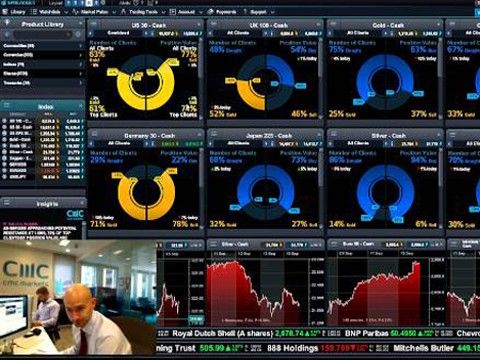Learn how leverage magnifies risk, and that while it can increase your potential profit, it can also increase potential losses. Michael examines and explains a key risk-management tool - stop-loss orders - and explains how traders can tailor these orders to suit individual strategies.
Share


